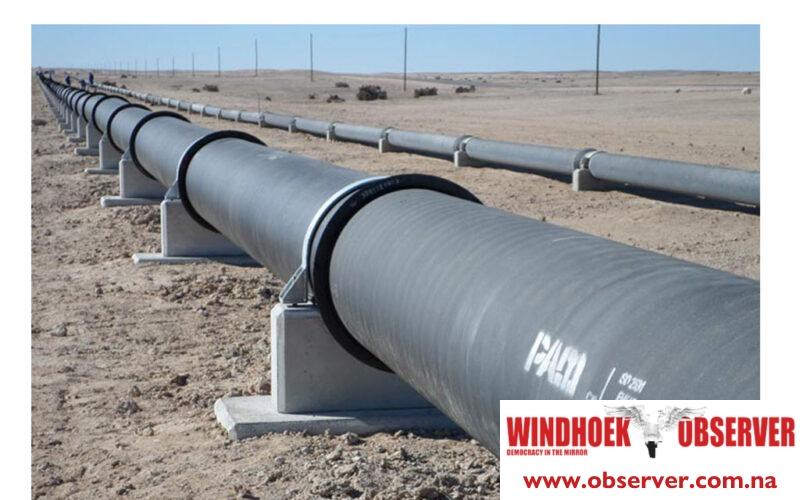CHAMWE KAIRA
The plans to supply water to Botswana from the Namibian coast remains alive, although they have not been included for implementation in the currently approved SS1 (Supply Scenario 1) desalination plant.
“Further investigations of viability of SS3 which will supply water to Gaborone will continue to be discussed between the two countries at appropriate platforms,” Lot Ndamanomhata Head of PR and Corporate Communications at NamWater said.
The feasibility study on the desalination plant was done in 2021 and the project found viable. Ndamanomhata said cabinet has approved the implementation of the project by way of a Joint Venture between NamWater and Swakop Uranium (which will also be the largest customer taking water from the plant).
“The two parties are currently finalizing negotiations on the relevant agreements, which will pave way for establishment of the joint venture company, which would then oversee the implementation of the project.” The estimated cost of the project is N$2.1 billion, based on the 2021 desalination feasibility study.
He said the project will be largely funded by the private sector, although cabinet has also approved a contribution of N$200 million for the purpose of partial contribution to NamWater’s equity shareholding in the project.
In terms of the current funding strategy, NamWater will be a minority shareholder in the JV Company, and the JV partners are expected to contribute 40% of the total funding into the JV as equity and 60% of the project costs will be raised by the JV Company as debt. So, in short, the project will be majority private sector funded, said Ndamanomhata.
Asked about Botswana’s involvement in the project, Ndamanomhata said implementation of SS3 (Supply Scenario 3) which involves pumping water from the Namibian coast has not yet been approved, but in terms of the current proposals from the 2021 Feasibility Study, Botswana would receive water from the plant in Namibia as an off-taker, which means that they would cover the costs of abstracting and desalinating the water, as well as pumping it to Botswana from Namibia.
Regarding the Ohangwena II Aquifer which was discovered in 2012, Ndamanomhata disclosed that there are already two deep boreholes drilled in the town of Eenhana which are supplying water to Eenhana and surroundings, which are drilled in the deep Ohangwena II Aquifer.
In addition to that, NamWater has commenced with additional projects to access the Ohangwena II Aquifer, as well connecting the communities in the Ohangwena region to this deep aquifer by constructing the Omafo-Eenhana pipeline which commenced in February 2024 and is expected to be completed by March 2025 at a cost of N$248 million.
“Eventually it is planned to connect communities as far southeast as Omutse Gwonime in the Oshikoto Region to the Ohangwena II Aquifer, by constructing pipelines between Omundaungilo and Omutse Gwonime. In terms of current planning, the pipe network from Omundaungilo (where the Ohangwena II Aquifer will be accessed) is expected to reach Omutse Gwonime by around the year 2029. The total length of this pipeline is about 120 kilometres.”




